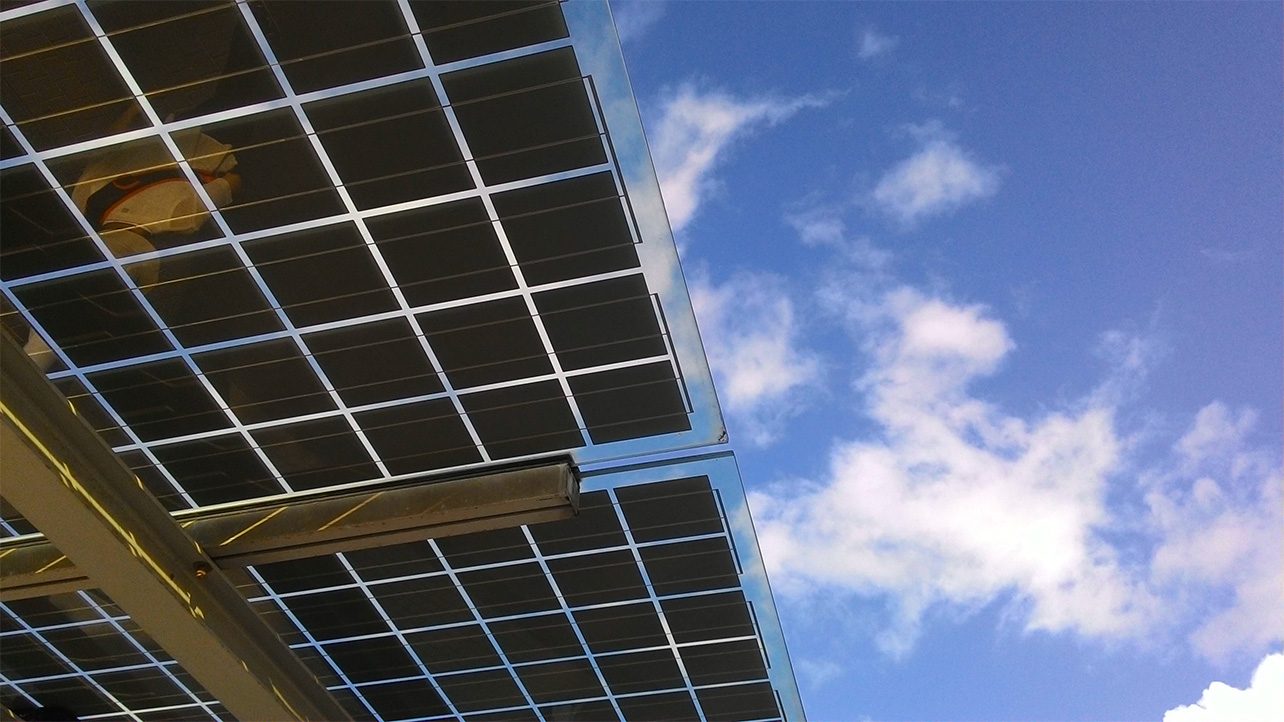Resources
Solar Interconnection Applications on the Rise

As the U.S. solar industry enters Q4 2018, a record number of solar interconnection applications are anticipated before year end at the request of anxious commercial customers focused on getting their projects built and turned on during fiscal year 2019. Strong pick-up in commercial solar demand is attributable to the following three economic considerations that will be in play during calendar year 2019:
- The 30% Investment Tax Credit (ITC) Steps Down After 2019
- Net Metering 3.0 Will Likely Take Effect by 2020
- Interest Rates are Rising
The 30% Investment Tax Credit Steps Down After 2019
The Federal ITC is a dollar-for-dollar credit against a project owner’s tax liability. For commercial customers, it will step down to 26% in 2020, 22% in 2021, and 10% permanently after 2021. For homeowners, it will completely phase out in 2022. For a typical 1 MWp tracker solar project with a capital cost of $1.5 million, a 4% ITC drop from 2019 to 2020 would equate to a tax credit loss of $60,000. This is the amount that business owners would be required to pay in additional taxes to the federal government if their $1.5 million solar project were to be completed in 2020 instead of 2019.
Net Metering 3.0 Will Likely Take Effect by 2020
California is currently under a Net Metering 2.0 program, which has reduced solar net metering benefits for commercial customers by about 10% compared to the net metering credits provided under California’s original Net Metering 1.0 program. The next iterative net metering program in California, Net Metering 3.0, will likely reduce net metering benefits by another 10% to appease concerns expressed by utilities that there is too much solar generation during peak hours of the day.
Applying Net Metering 3.0 to the same 1 MWp tracker example described above, reduced net metering credits by an assumed 10% equates to lost solar generation value of about $42,000 per year (as compared to the solar value under Net Metering 2.0, assuming generation of 2,100,000 kWh per year).
Interest Rates Are Rising
Reuters recently reported that Wall Street bankers expect a total of four rate increases for 2018 and three for 2019.
Applying a theoretical 1% increase on the interest rate of a 10-year loan to finance the sample 1MWp project, the project would incur up to $15,000 per year in additional interest charges if the project cost of $1.5 million was fully financed.
TAKEAWAY
Combining these three factors, the 1MWp example project reveals that total potential savings in favor of a 2019 (vs. 2020) project could be as much as +$100,000 in the first year.
Coupled with the fact that recent interconnection lead times have averaged about one year for most projects sized at 1MWp or larger, it's believed that the strong surge in commercial interconnection filings requested by commercial customers in Q4 2018 will only increase in the next few months.










